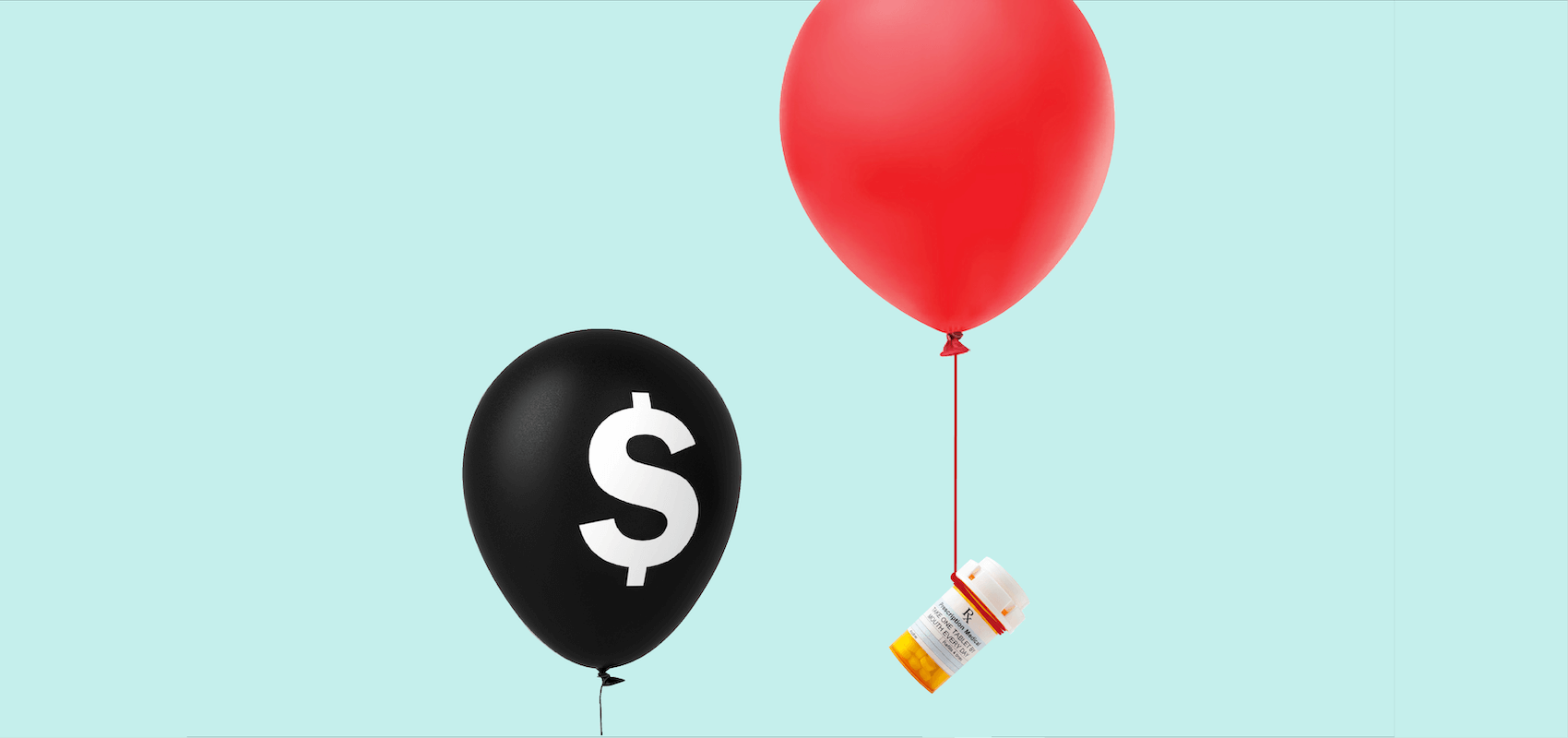Top 3 Things You’ll Learn
- How drug price increases compare to the U.S. inflation rate
- Three drugs with the largest price increases
- The impact of drug price increases on employee benefit plans
A recent analysis found that some of the nation’s most utilized prescription drugs had price increases much higher than the rate of inflation between 2016 and 2017. The study, conducted by the Kaiser Family Foundation (KFF), analyzed the list prices of the 2,879 brand and generic drugs reported in the 2017 Medicare Part D dashboard. They discovered that 60% of the drugs had list price increases that exceeded the 1.7% inflation rate between July 2016 and July 2017.
KFF Report: More than half of brand and generic drugs had list prices increases greater than the U.S. inflation rate. #drugcosts #pharmacy
Key Findings
- 25% of all Part D-covered drugs had price increases of at least 10% between 2016 and 2017.
- 20 of the top 25 drugs (by Medicare spending) were all brand-name medications and had price increases ranging between 3 to more than 9 times the inflation rate. These include 15.7% for Lyrica, 15.3% for Revlimid, 13.2% for Humira Pen, and 11% for Novolog Flexpen.
- 17 of the 22 most-commonly used prescription drugs with price increases above inflation were generics (77%).
KFF reports that a similar picture emerges for list price increases over the three-year period from 2014 to 2017, when the average annual rate of inflation was 0.9%. Of the prescription drugs with list prices that exceeded inflation over that time frame, six of the top 10 brand-name drugs (by total spending) had list price increases in the double digits.
Where That Leaves Us
While the KFF study focuses on Medicare Part D drugs, the implications are far-reaching, especially in the self-funded employer market. As the escalation of brand-name drug and specialty medication costs intensifies, your clients will continue to bear the burden of the pharmaceutical manufacturers’ hold on drug prices.
More than 30 states have now enacted laws to address high drug prices, yet federal level prescription drug policies have stalled. A dozen Congressional proposals to improve drug pricing transparency are currently being considered, including one bill aimed specifically at targeting drug price increases. However, any momentum on tackling prescription drug pricing issues is likely to stall at the federal level for the time being, given the existing political divisiveness, full congressional schedule, and upcoming election year.
Read More:
Assessing Drug Price Increases in Medicare Part D and the Implications of Inflation Limits
States Pass Record Number of Laws to Reel in Drug Prices
R.3 – Lower Drug Costs Now Act of 2019



